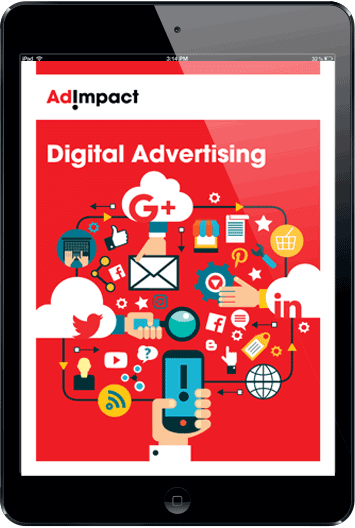Facebook, in the wake of the Cambridge Analytica scandal, has undergone a severely tumultuous period. Within the span of one week, stocks plummeted by almost $50 billion, advertisers were stripped from the platform and users threatened boycotts. Now, given that this is not a political blog, the particulars of the legal and ethical implications of this scandal are of little interest to me. What is of interest is one of the ways in which Facebook chose to apologize.
Full-page ads, purchased in dozens of newspapers from The Washington Post to The Sunday Times were used to issue an apology from Zuckerberg himself. Though this was one of many methods Facebook used to address the controversy the question remains, why did Facebook, an Internet Company, feel the need to use a newspaper ad to distribute their message? This is a phenomenon that is by no means relegated to Facebook either. Both Instagram and Snapchat issued their first ever TV ads this March, and Twitter has even been engaged in a radio campaign as of last year. In the face of this information, I feel it is relevant to ask the question, why are Internet companies advertising through traditional media?
An Introductory Phenomenon
Many digital-first companies find tremendous reach through the mechanisms of Internet marketing (i.e. email and video marketing, social media, Adwords etc.). However, once the upper limits of this domain are exhausted, companies have to pay tremendous amounts for the most marginal changes in business. This is part of the benefit of traditional media.
For those of us absorbed in the digital space, it’s easy to lose perspective on what people actually consume. A plurality of Australians (54%) still receives the majority of their advertising consumption through traditional media. However, this does not mean that 54% of Australians do not use the computer, as the majority of even this group is computer literate. As such, Internet juggernauts that solely pursue their consumers through their own medium are relinquishing a sizeable portion of their market share, and can break through to a group of people that is otherwise influenced merely through word of mouth.
Secondly, the specificity of Internet advertising can on occasion be to its own detriment. Part of the advantage of TV advertising is that it reaches millions of homes irrespective of an individual’s familiarity with the product. This does expose many disinterested consumers to a product, but also many who would otherwise be ignorant of it. Internet advertising, by being so fine-tuned, tends to market to people who are already tacitly familiar with the product at hand. Thus the broadness of TV (and traditional) advertising helps overcome this mitigating factor.
Follow The Money
Whilst linear TV ad ratings have declined, TV ad spending continues to grow. As a matter of fact, TV ad spending (and consequently traditional media spending) has consistently out-valued its digital counterpart. The reason for this is quite simple; TV generates a greater return on investment than any other medium.
Last year, the Cable Television Advertising Bureau (CTAB) commissioned a study to examine the effects TV advertising had on digital-based companies. It found that of the 63 websites studied, utilisation of TV advertising increased unique visitors by 33%. Furthermore, the study also discovered that companies which utilised traditional media received a 12% profit increase over companies that did not.
Validity
This is perhaps the subtlest of all the advantages Traditional Media has. A study commissioned by the Nielsen Company reported in 2016 that of all of the types of media, newspapers were the most trusted, followed by television, radio and finally digital advertising. Therefore cumulatively, Traditional Media is on the whole more trusted than its digital counterpart.
Part of the advantage of advertising being a (previously) gated institution was that advertisements carried with them a patina of validity. Because there was a barrier to entry between the professional and amateur world of advertising, there was an assumed professional process ads must undergo. As a result, consumers were more inclined to believe that they weren’t being sold a false basket of goods. With the digital world however, this process is less apparent, as any individual can at any point can advertise their product. This market saturation with amateur advertisements has lead to unprecedented scepticism in consumers in the digital medium, leading to a higher trust in traditional media.
Synchronicity
Though most of my blog post has been about weighing the benefits of traditional media against digital advertising, the truth is the most successful Internet behemoths today use concurrent modes of advertising. Digital media is continuously growing, but it is by no means to be the only necessary factor for an advertising campaign. Intelligent advertising, Internet based or otherwise, should be stretched across as many mediums as possible.

Free eBook
Fill in the form below to download the free eBook



